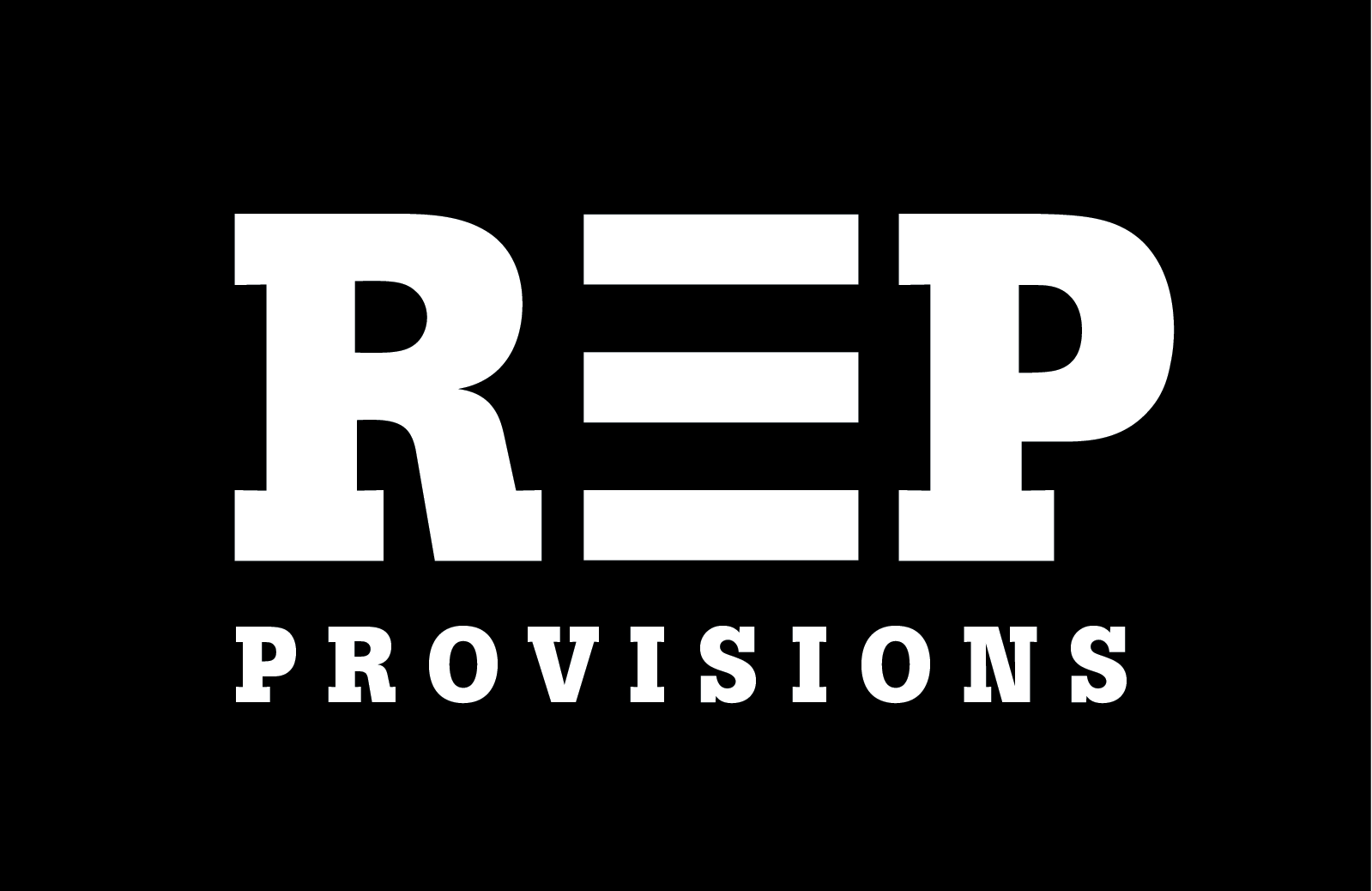The Know Your Food Index: Raising the Standard for Transparency and Regeneration
At REP Provisions, we’re committed to reshaping the food system by setting the highest standards for quality, sustainability, and transparency. Since no official certification exists to fully encompass the values and practices we uphold, we created our own: the Know Your Food Index. This initiative is more than a standard—it’s a pledge to our mission and a reflection of our unwavering dedication to regenerative principles.
A Commitment to Regeneration and Transparency
Every rancher and farmer we work with is carefully vetted through an onboarding process. Before joining our network, they commit to the Know Your Food Index, a shared promise to uphold regenerative farming practices, refrain from using antibiotics and hormones, protect wildlife habitats, and strive for continuous improvement. This pledge ensures that every partner aligns with our mission to restore ecosystems, heal the land, and deliver food you can trust.
Partnership, Built on Stewardship
Many of our partners have been with us since day one, and each one is deeply committed to being a steward of the land. Some enjoy sharing their stories and innovations, while others prefer to stay grounded in their work, with their hands in the soil. Regardless of their approach, they are united in their dedication to making a lasting impact on the future of our food system, our health, and the environment.
Regeneration in Action
Our commitment extends beyond producing nutrient-dense, sustainable food—it’s about creating a better world for generations to come. Key initiatives include:
One-For-100 Monarch Restoration Initiative: For every order placed, we plant 100 milkweed plants to rebuild the migratory corridor for monarch butterflies, supporting their critical role in pollination.
Grassland Bird Habitat Protection: By restoring native grasslands, we’re providing essential habitats for grassland birds, many of which are at risk, and ensuring these ecosystems remain vibrant and balanced.
Wildlife Habitat Conservation: Through regenerative farming practices, we’re preserving and enhancing natural habitats for countless species, fostering biodiversity at every level.
A Transparent Food System for the Future
Our goal is bold but vital: to create a truly transparent food system. From farm to fork, we want you to know exactly how your food is produced, who is behind it, and the positive impact it has on our planet.
Together, we’re proving that food can heal—not just our bodies, but our lands, communities, and ecosystems. Let’s build a regenerative future where all humans, plants and animals thrive together.
We are positively impacting over 15,000 acres of grassland through our regenerative farmer network.
Regeneration is rooted deep in our souls and humbly reminds us that our efforts are much larger than ourselves. We owe this effort to the generations that look up to us, and, the ones that come long after we are gone.
Regenerative FAQs
Regenerative Agriculture is a conservation and rehabilitation approach to farming and food production. To put it simply, it’s a way of raising animals that benefit nature and improve the land they live on. We believe that happy prairies are the key to healthy people and we are doing everything we can to make sure they stay that way.
Regenerative agriculture focuses on: topsoil regeneration, increasing biodiversity, carbon sequestration, improving water-cycles, and ecological restoration. GO A LITTLE DEEPER.
Regenerative meat is simply meat that was raised by farmers using holistic practices on land that is regenerating and becoming healthier over time. The term "regenerative meat" is more about how the animals were raised and how the land was managed than about the meat itself.
Regenerative agriculture describes holistic farming systems that, among other benefits, improve water and air quality, enhance ecosystem biodiversity, produce nutrient-dense food, and store carbon to help mitigate the effects of climate change.
At REP we are also seeing that these changes create better tasting food with higher nutrient-densities. The product is more flavorful and it's better for you. Our beef was tested by Michigan State University and has some incredible benefits.
Grass-finished comes from animals that ate nothing but grass and forage for their entire lives. Grass-fed, on the other hand, may be used to label meat from animals that were started on a grass diet but have either received supplemental grain feed or are finished on a fully grain-based diet. Grass-fed does not mean that the animal spent any time in a pasture, they could have been fed hay in a feedlot. 100% Grass-fed is NOT the same as grass-finished and pasture-raised. Our beef is 100% Grass Fed and grass finished, raised on pasture their entire lives.
Rotational grazing is the practice of containing and moving animals through pasture to improve soil, plant, and animal health.
Only one portion of pasture is grazed at a time while the remainder of the pasture “rests.” To accomplish this, pastures are subdivided into smaller areas, referred to as paddocks, and livestock are moved from one paddock to another.
Resting grazed paddocks allows forage plants to recover and deepen their root systems.
Through photosynthesis healthy grassland ecosystems remove carbon from the atmosphere and store in the soil (where it belongs!). In order to maximize the carbon sequestering capacity of these thriving grasslands the symbiotic presence of grazing animals is required. As a result when managed in nature’s image; cattle, bison and other ruminant animals have the ability to enrich a system that reverses climate change.

